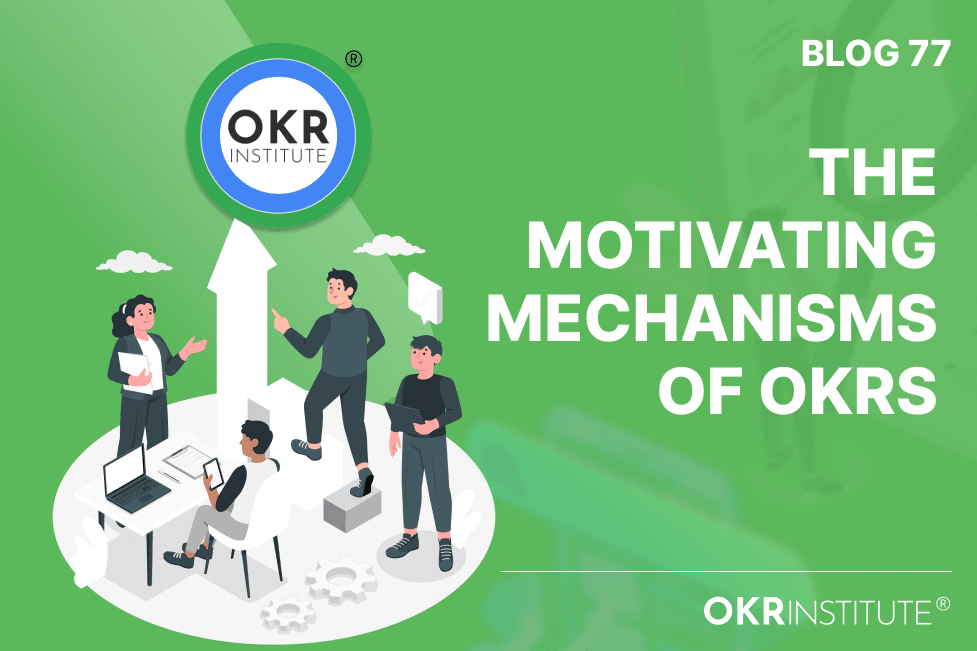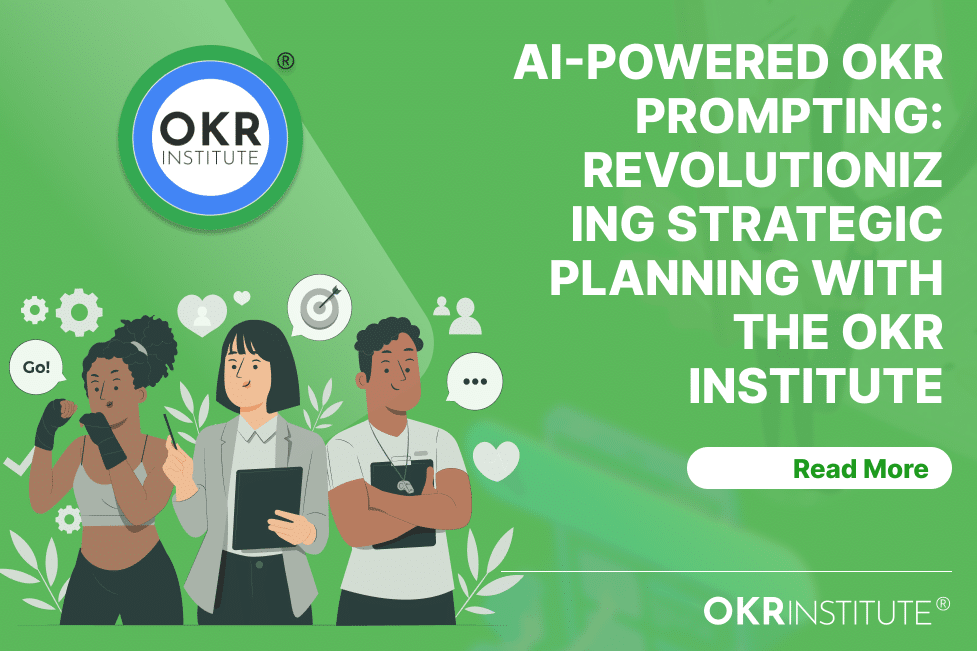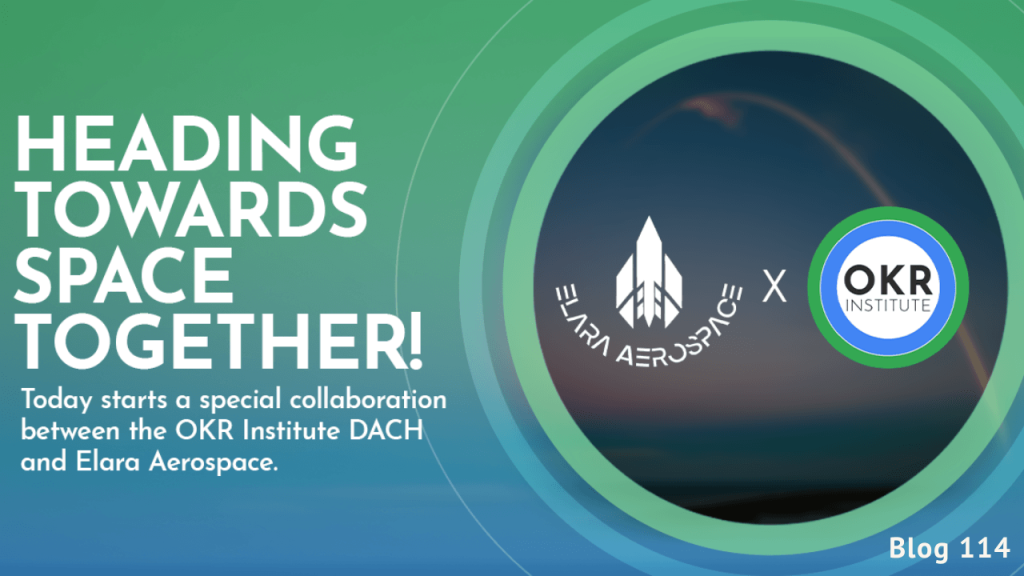The motivating mechanisms of OKRs

The motivating mechanisms of OKRs
Looking at OKRs in isolation it may have the appearance of only being goal-setting frameworks. Upon closer inspection and the practical application of Objectives and key results frameworks, you are likely to find that there are inherent motivating mechanisms contained within these future-directed frameworks.
OKRs are future-directed and aimed at creating desired future states for the company and all its stakeholders and this process of joint creation can be very inspiring and motivating. OKRs are agile goal-setting frameworks and are mostly customer or user-centric, therefore they are very impactful on the customer.
As we are galvanized around ambitious and impactful goals as a team this can serve as a mechanism to improve teamwork and general cohesion in the company.
If you want to be happy, set a goal that commands your thoughts, liberates your energy and inspires your hopes.
Andrew Carnegie
future-directed
The purpose of transformations is to create impactful assets for the company that were not in existence before. Through the use of OKRs, we are validating future-orientated hypotheses that are impactful to all relevant stakeholders.
As the future direction of the company becomes clearer and clearer it can increase the levels of inspiration and motivation of our team members. The practice of OKRs is transparent as all objectives are aligned with the vision of the company and as team members realize the impact of their roles they generally become more committed and inspired.
As the Objectives and key results within OKR frameworks are underpinned by a concise action plan, OKRs form the bridge between the Vision and strategies of the company and execution. As we engage in the activities, projects, tasks, and initiatives relevant to our objectives we are taking clear steps toward the future direction of the company.
Engagement
A Harvard and Gallup study from 2018 revealed that 85% of employees are not engaged at work. A definition of engagement is:
The degree to which employees experience job satisfaction, are energized at work and identify with the company and its culture.
As OKRs, by their very nature are far-reaching and challenging to attain goals, the achievement of them would require an excellent level of employee engagement. As we hold up a compelling Vision, an inspiring purpose, a shared value system, and co-created objectives for all to experience and visualize we are likely to achieve a much higher level of engagement.
As we underpin all of the above activities with adequate resources and supportive coaching we are increasing engagement sustainably.
Collaboration
A best practice related to OKRs is to assign ownership of all the elements of an OKR framework. The objective statement has an owner, key results have owners as well as the tasks within OKR frameworks.
The key result owners mostly come from different departments and teams thereby fostering cross-functional collaboration. As OKRs are difficult to attain we are only likely to achieve them through cross-functional teamwork excellence.
Most successful people deny the term ‘self-made’ and detail the support that they have received throughout their careers. Individual or group coaching is also about a focus on collaborating toward joint success.
During the deployment of OKRs, our communication is vastly improved by having a collaborative approach to it. When we come prepared to meetings with excellent questions we are inviting answers and therefore also collaborating toward success.
Seeking help in some corporate cultures may still be viewed as a weak point. However within the context of agile practices and OKRs the notion of seeking help is another collaborative approach. By seeking help and receiving all involved inclusive of the company become stronger. Through collaborative efforts, we are aligning our behaviors with the Vision of the company.
A motivating climate
When steered in the right direction by the leadership of the company all the inherent motivating mechanisms of OKRs can form a potent combination and culminate into a motivating climate that is highly conducive to sustainable OKR performance.
While the culture of the company consists of our collective behaviors the climate of an organization is how the team members feel about the organization’s culture. Team members are likely to feel inspired and motivated by the organization’s culture if the organization’s leadership has put all the motivating mechanisms of OKRs into practice.
FAQs for “The Motivating Mechanisms of OKRs”
What are OKRs and how do they differ from traditional goal-setting frameworks?
OKRs, or Objectives and Key Results, are agile, future-directed frameworks aimed at creating desired future states for a company and its stakeholders. Unlike traditional goal-setting methods, OKRs emphasize clear, measurable outcomes and encourage continuous alignment and agility, making them more impactful and motivating for employees.
How do OKRs contribute to employee engagement?
OKRs significantly enhance employee engagement by providing a clear, compelling vision and shared objectives. The framework encourages employees to identify with the company’s culture, experience job satisfaction, and feel energized at work. The alignment of individual roles with company objectives, along with supportive coaching and adequate resources, fosters a higher level of sustainable engagement.
In what ways do OKRs improve teamwork and collaboration within a company?
OKRs promote cross-functional collaboration by assigning ownership of objectives and key results to team members from different departments. This approach fosters teamwork excellence and improves communication. The collaborative nature of OKRs encourages seeking help and working together towards joint success, thereby aligning behaviors with the company’s vision.
How do OKRs create a motivating climate in an organization?
When implemented effectively by leadership, OKRs can cultivate a motivating climate by aligning the organization’s culture with its vision. Team members feel inspired and motivated when they see the practical application of OKR principles, such as transparency, clear direction, and the connection between their roles and the company’s goals. This motivating climate enhances overall performance and commitment.
What are some best practices for maintaining high motivation levels through OKRs?
To maintain high motivation levels, it’s essential to ensure that OKRs are co-created with input from all stakeholders, aligned with the company’s vision, and supported by adequate resources and coaching. Regularly updating and communicating the progress of OKRs, celebrating achievements, and fostering a culture of continuous improvement and collaboration are also crucial for sustaining motivation.
Talent Development Director of the OKR Institute
Related Courses
Recent Posts
Tags
#OKR
#OKR Coaching
#OKR Coach







